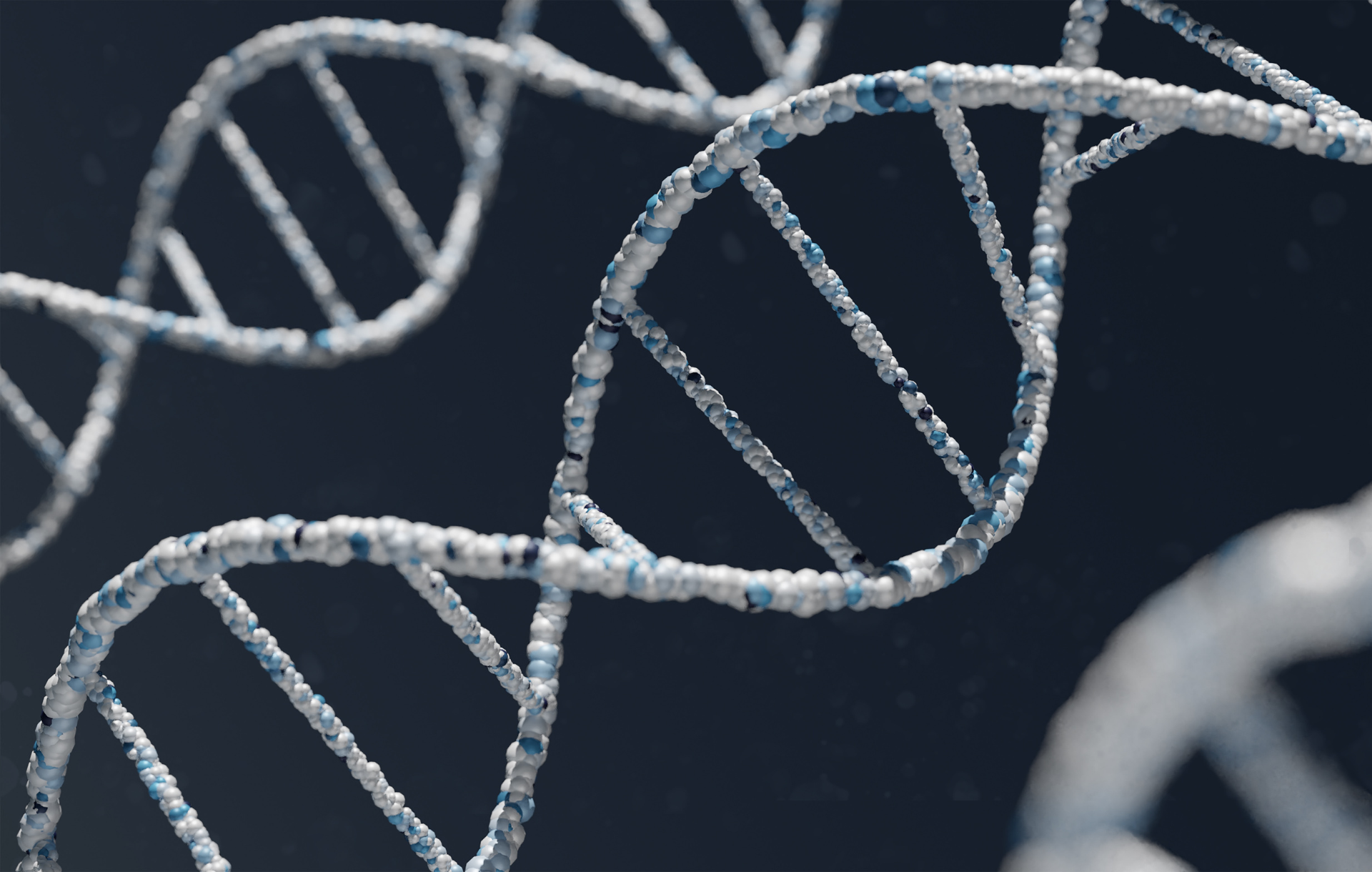Your basket is currently empty!

A History Of PCR
Introduction
Polymerase Chain Reaction (PCR) has revolutionized the world of molecular biology. From its humble beginnings to its current widespread use, PCR has become an indispensable tool for scientists and researchers. In this post, we’ll delve into the history of PCR, its transformative impact, and what the future holds for this groundbreaking technology.
The Birth of PCR
In the early 1980s, a molecular biologist named Dr. Kary Mullis had an epiphany while driving through the picturesque landscapes of California. This moment of inspiration led to the development of PCR, a technique that amplifies tiny amounts of DNA to make them more easily detectable.
The basic principle behind PCR is simple: using heat to separate DNA strands and then employing an enzyme to replicate them. This process can be repeated many times, leading to an exponential increase in the DNA quantity.
The Early Challenges and Triumphs
Like many scientific innovations, PCR faced its share of skepticism. The initial challenges revolved around the stability of the enzymes used. The breakthrough came with the discovery of Taq polymerase, an enzyme found in the hot springs of Yellowstone National Park. This enzyme could withstand the high temperatures of the PCR process, making the technique more efficient and reliable.
By the late 1980s, PCR had gained widespread acceptance. It played a pivotal role in various fields, from forensic science (solving crimes with minute DNA samples) to ancient DNA studies (like sequencing the DNA of extinct species).
PCR’s Transformative Impact
Medical Diagnostics: PCR has been instrumental in detecting infectious diseases, genetic disorders, and even some forms of cancer. Its speed and accuracy have made it a cornerstone in diagnostic labs worldwide.
Forensic Science: The ability to amplify tiny DNA samples has been a game-changer in solving crimes. PCR has played a role in numerous high-profile cases, ensuring justice is served.
Research and Academia: PCR has facilitated countless research projects, helping scientists understand genetic variations, evolutionary biology, and more.
The Digital Age and Real-Time PCR
With the dawn of the digital age, PCR evolved too. Real-time PCR, also known as quantitative PCR (qPCR), emerged as a more advanced form. It allows scientists to monitor the amplification process in real-time, providing both qualitative and quantitative data. This has been particularly useful in understanding gene expression and detecting pathogens with greater precision.
The Future of PCR
As we look to the future, PCR’s potential continues to expand. Here are some thoughtful suggestions and predictions about the next wave of PCR innovations:
- Portable PCR Devices: With the miniaturization of technology, we can anticipate pocket-sized PCR devices. These would be especially valuable in remote areas, enabling on-the-spot disease detection.
- Integration with AI: Artificial Intelligence could further streamline the PCR process, predicting optimal conditions for DNA amplification and analyzing results with unparalleled accuracy.
- Environmental Applications: PCR could play a role in biodiversity studies, helping scientists monitor and conserve endangered species by analyzing environmental DNA samples.
- Personalized Medicine: As we move towards more personalized healthcare, PCR could assist in tailoring treatments based on individual genetic profiles.
Conclusion
From its inception in the 1980s to its current ubiquitous presence in labs worldwide, PCR has truly been a testament to the power of scientific innovation. As we stand on the cusp of future advancements, one thing is certain: PCR’s journey is far from over. It will continue to shape and redefine the boundaries of molecular biology.
If you found this post informative, please share it with your peers and colleagues. Stay tuned for more insights into the world of molecular biology and the ever-evolving PCR industry.
